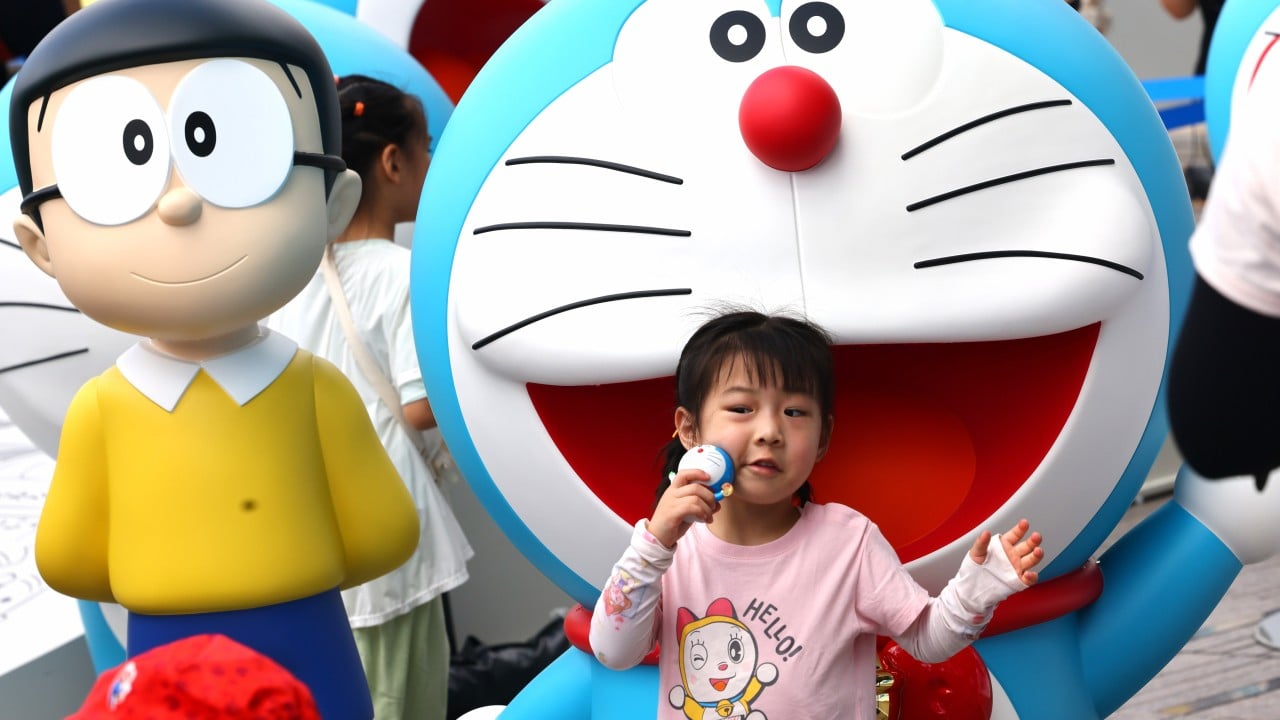We haven’t heard much about the Night Vibes Hong Kong campaign; I wonder what has happened to it.
Last September, the Hong Kong government unveiled the specifics and promotional initiatives for the campaign, including free MTR journeys after 10.30pm, discounts on late-night cinema screenings, and complimentary Wednesday nights at the Happy Valley Racecourse for the general public.
By January, the initiative had been expanded with the introduction of the “Day x Night Vibes” concept across all 18 districts, which was to involved curated events that showcased their local customs.
The launch of Night Vibes and its subsequent evolution were a big deal. However, updates on the progress of the campaign have been scant. Critics have suggested the campaign lacks the scale necessary to attract international visitors, let alone encourage residents to take part in nocturnal activities.
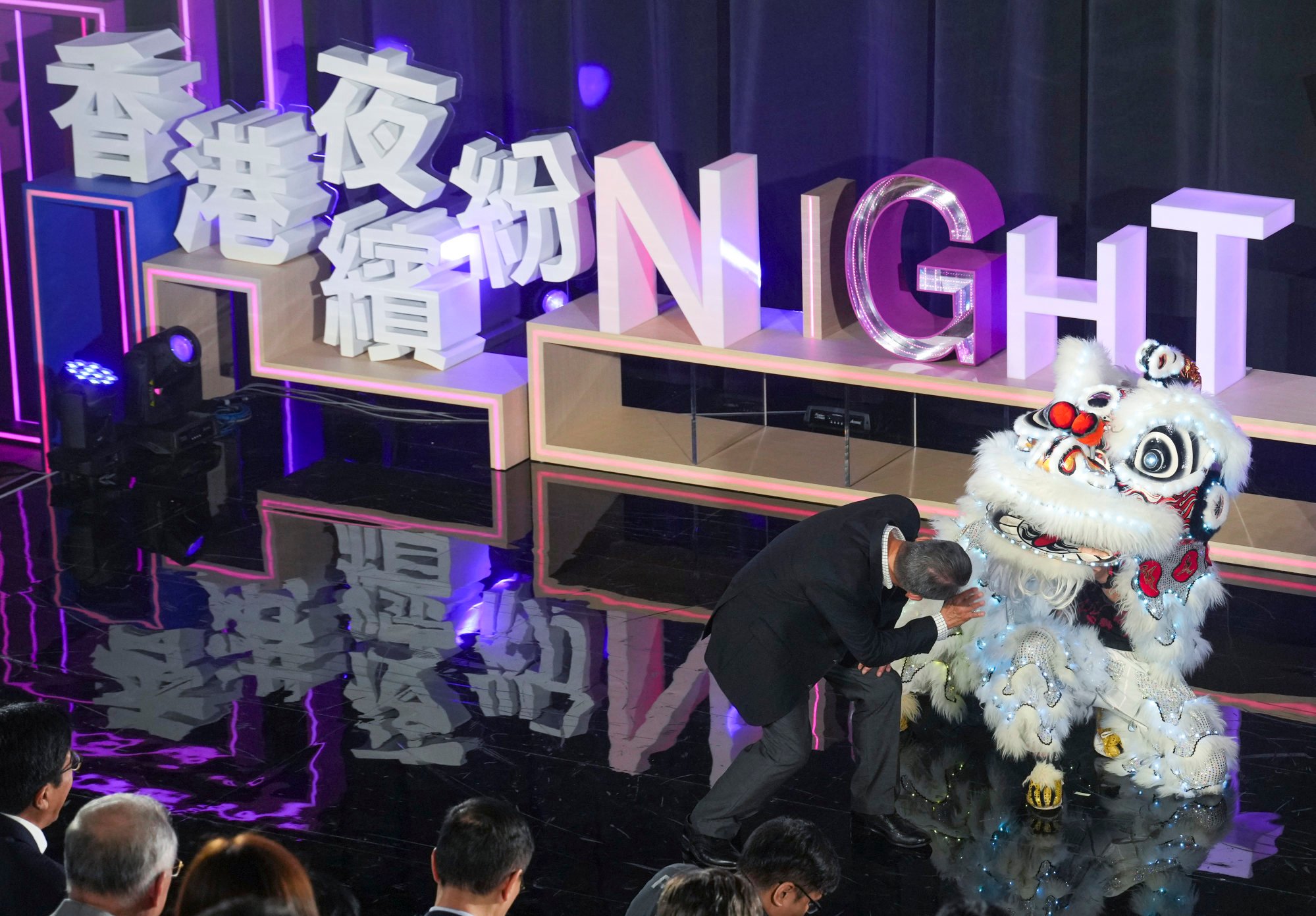
Regrettably, reports indicate that Hong Kong residents are increasingly venturing north to Shenzhen for their weekend excursions.
It is understandable that people opt to spend their time there when you consider that the journey from West Kowloon to Shenzhen is now accomplished in under half an hour via high-speed rail, and that what’s offer in Hong Kong is often deemed overpriced, underwhelming and lacking the allure and warmth found elsewhere.
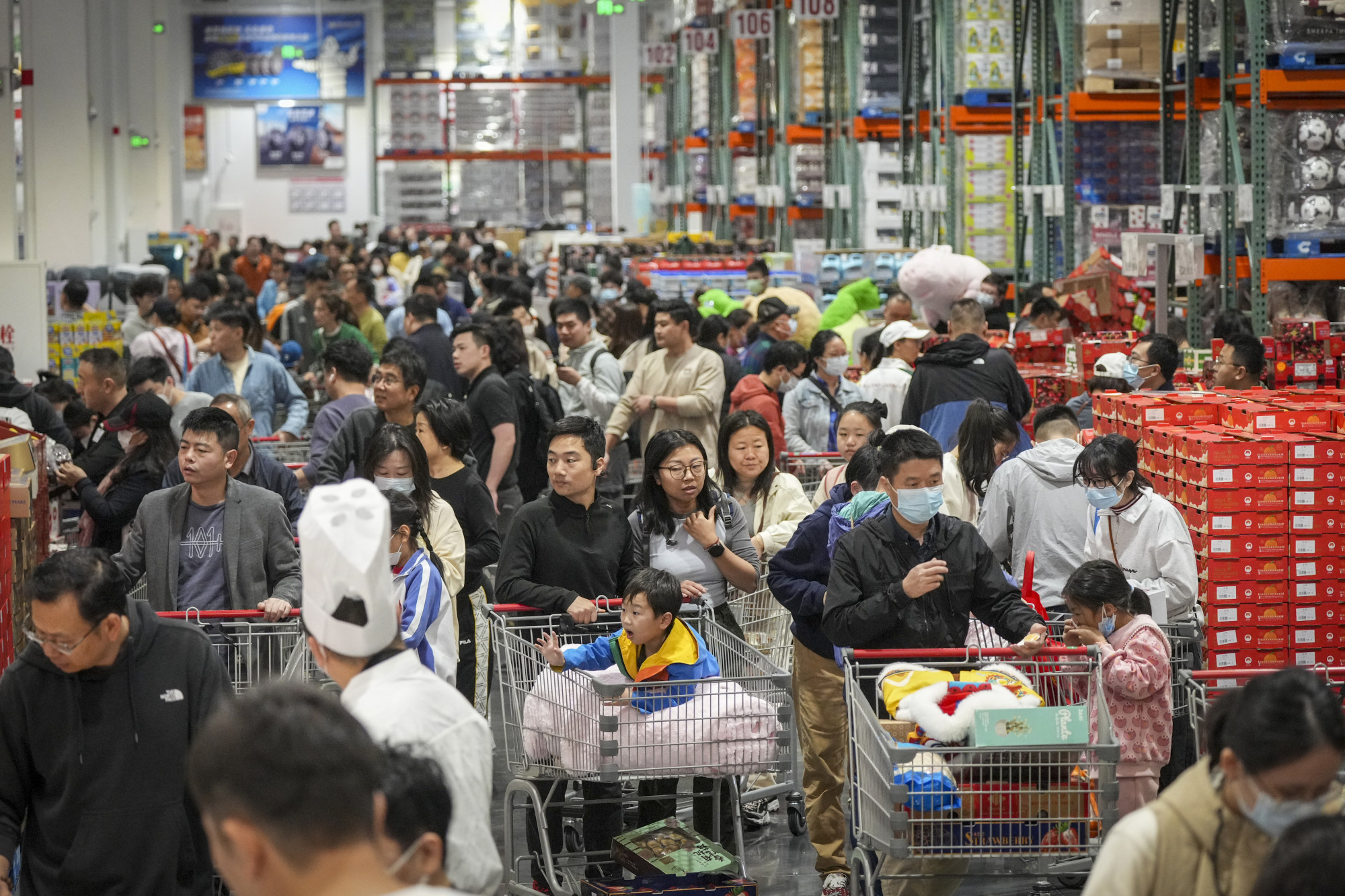
Hong Kong is perceived to have lost its mojo, and this chimes with the feeling of a city grappling with an identity crisis.
The inherent problem is that the city has lost its soul or core essence; it is struggling to rise, like a boxer after being knocked down. Hong Kong seemingly lacks the vigour and tenacity that once defined it.
Critics have noted the recent exodus of residents, which contributes to the subdued nightlife atmosphere. While population replenishment is feasible in theory, executing this strategy effectively remains a challenge.

Hong Kong appears to have lost some of its defining qualities, such as its charm, and unique appeal. This loss of intrinsic character reinforces the narrative of a city adrift in uncertainty.
However, recent events offer a ray of hope. An exhibition of giant figures of the Japanese manga character Doraemon has attracted a diverse array of tourists from the Philippines, Japan, and the United States, among other places. The exhibition, on the harbourfront in Kowloon until mid-August, has been a notable draw.
It shows that embracing simplicity may be key to revitalising Hong Kong’s tourism industry.
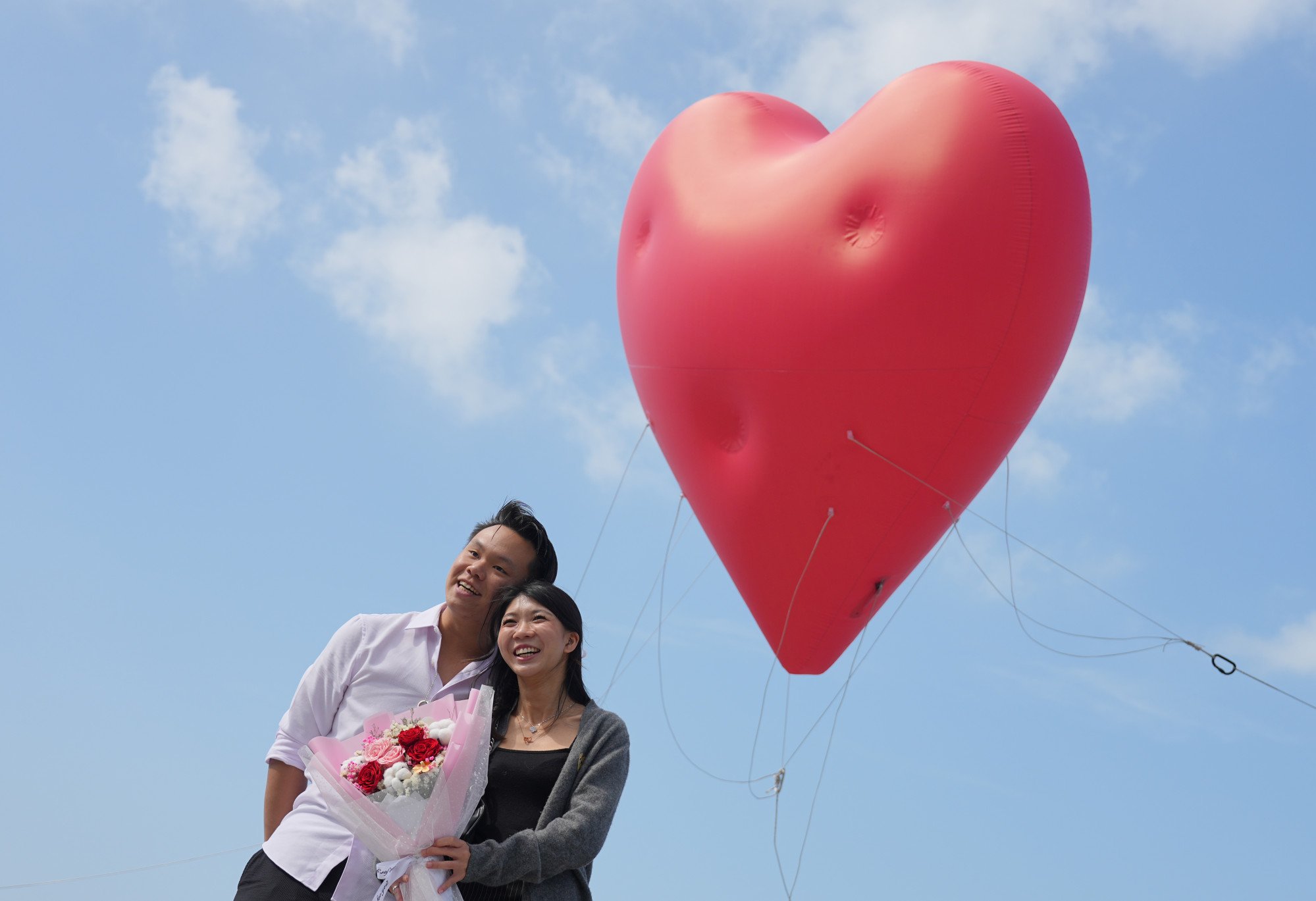
Noteworthy past initiatives included the display of giant heart-shaped balloons across the city on Valentine’s Day this year, which created a visually appealing backdrop for couples as they celebrated their love.
Another example is the return in 2023 of the giant rubber duck installation to Victoria Harbour.
Offering such enjoyment, particularly if it is free, could rev up our economy. Indeed, the “fun economy” is recognised as a substantial contributor to global economic output. Look at Las Vegas, which has triumphed with its casinos and top-notch entertainment.
Assuming Hong Kong intends to keep its distance from gambling and avoid encroaching on the territory of neighbour Macau, we can champion “clean fun” geared towards families.
The fun economy encompasses entertainment, recreation, and social pursuits. Hong Kong thus has a variety of investment options to improve its inbound tourism and nightlife.
In addition to the usual themed attractions, nightlife hubs, concerts and other cultural happenings, we can prioritise family-oriented experiences to improve the city’s allure for tourists and residents alike.
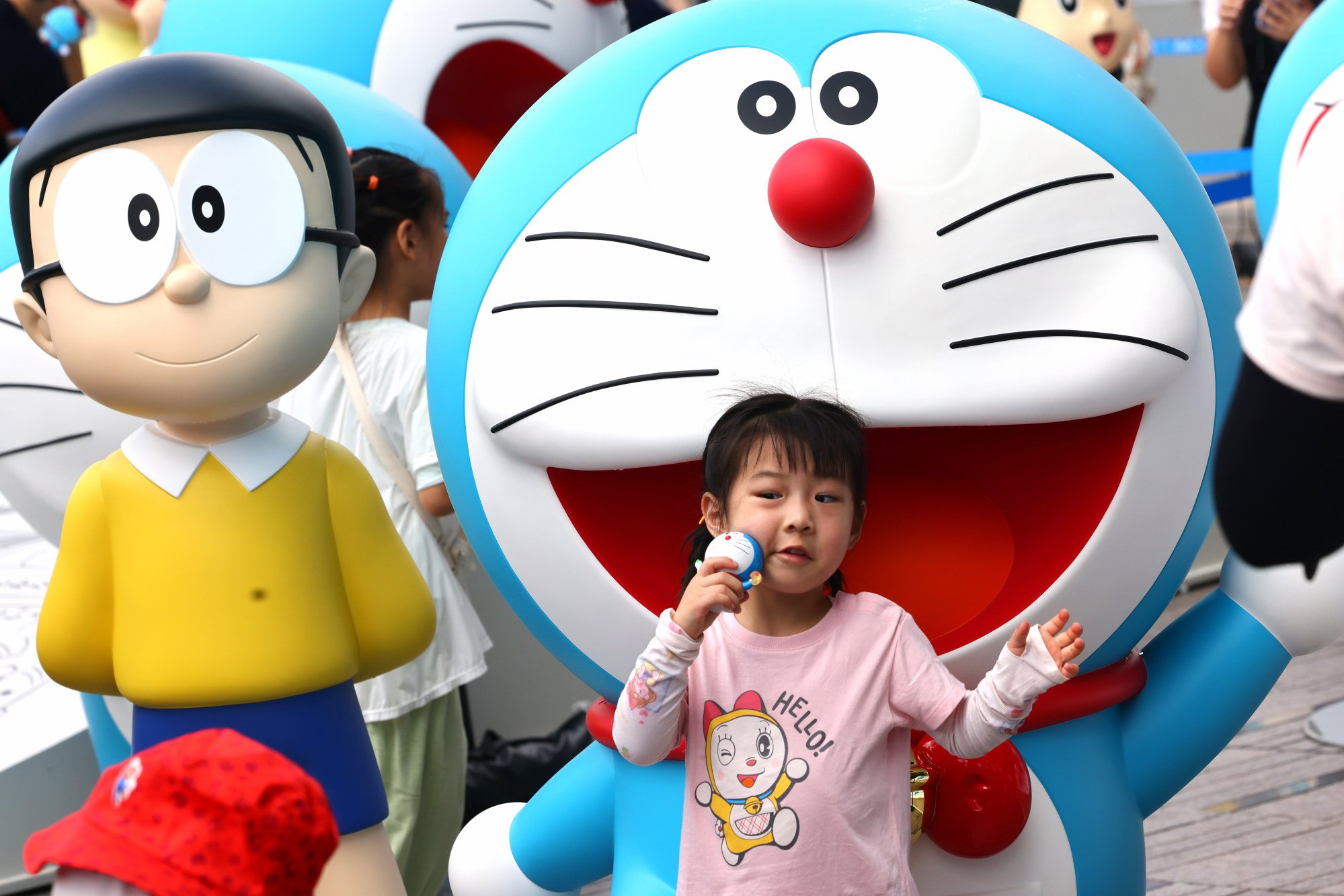
Doraemon, chubby hearts, and giant rubber duck installations work because they appeal to all ages – who isn’t captivated by cartoon characters and other objects that remind them of the joys of childhood?
Cartoons are by their nature escapist, and allow viewers to leave behind real-world pressures for a moment as they embrace imaginary realms. The whimsy and endearing characters found in cartoons make everyone happy and the adults nostalgic. And when people are content, they tend to spend more.
But the city has an opportunity to reimagine the fun economy and introduce its version of a “de-stress economy”. While this may not feature in mainstream economic discussions, it resonates with a growing acknowledgement of the significance of well-being and mental wellness to economic progress.
In a “de-stress economy”, policymakers, businesses, and other stakeholders would concentrate on creating conditions that foster holistic well-being, work-life balance, and mental health.
This could mean enacting policies that encourage flexible work arrangements, advocating mindfulness, stress reduction and prevention, establishing robust social support systems, and prioritising sustainable and responsible economic development rather than unchecked production and consumption.
A “de-stress economy” in Hong Kong could attract talented professionals seeking better quality of life in a more sustainable and fulfilling society.
Shifting the focus to happiness and health alongside financial success might enhance Hong Kong’s appeal as a place to visit and to live.
Luisa Tam is a Post editor who also hosts video tutorials on Cantonese language that are now part of Cathay Pacific’s in-flight entertainment programme


